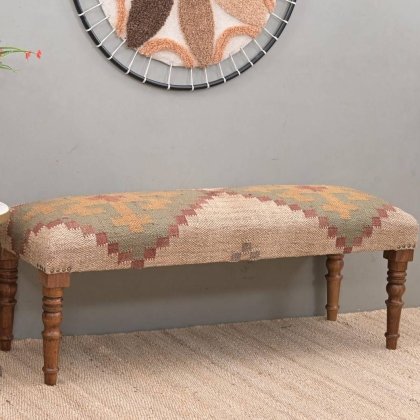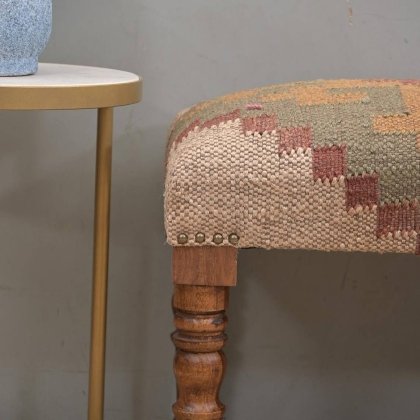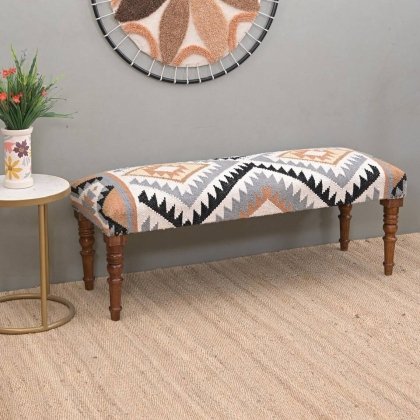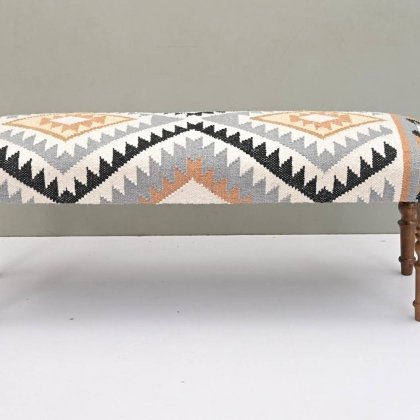Looking to bring a bit of natural charm and boho flair into your living space? Enter the jute ottoman. This earthy, textured piece of furniture is more than just a pretty accessory, it blends style, function, and sustainability in one compact design. In simple terms, a jute ottoman is a low, cushioned piece of furniture made with or wrapped in jute fiber, often used for seating, footrests, or even as a makeshift table. With its rustic appeal and surprising versatility, the jute ottoman is becoming a popular staple in modern homes. But before you snag one for yourself, let’s dig deeper into what makes it a worthy addition to your space.
Are Jute Ottomans Durable?
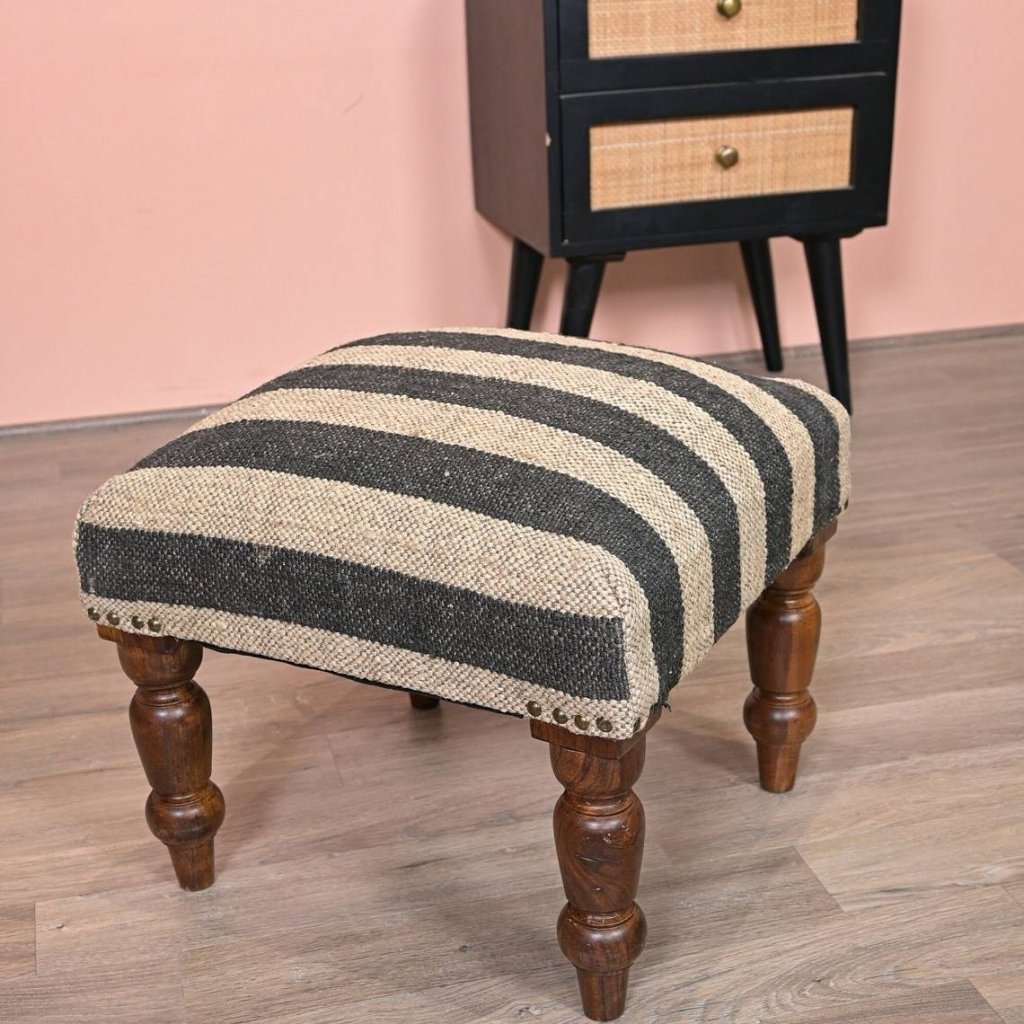
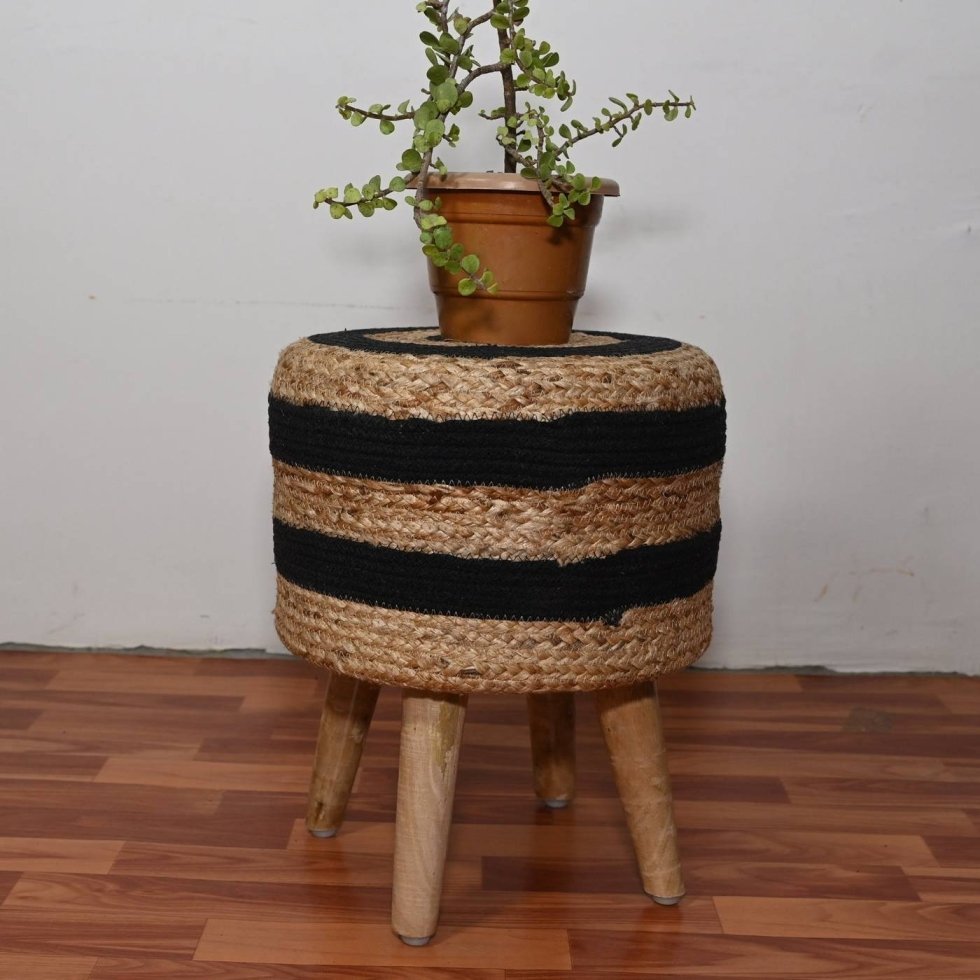
You might be wondering whether these stylish little pieces can hold up to everyday life. The good news? Jute ottomans are impressively durable, especially considering they’re made from natural fibers. Jute, a plant-based material, is known for its strength and coarse texture, making it ideal for woven furniture pieces. Here’s what contributes to their durability:
- Tight weaving: Most jute ottomans feature a tightly woven design that resists tearing or fraying with normal use.
- Solid frame: Many jute ottomans are built over sturdy wooden or metal frames, offering lasting support.
- Natural resilience: Jute can withstand weight and friction better than some synthetic materials. That said, durability also depends on the craftsmanship. A well-made jute ottoman can last for years if treated with care.
Can You Sit on a Jute Ottoman Comfortably?
Yes, you can! While jute has a rougher texture compared to plush fabrics, many jute ottomans come with a padded top or are combined with soft cushions to enhance comfort.
Pro tip:
Add a cozy cushion or a throw blanket to make the surface softer and more inviting. If your ottoman is more decorative and tightly woven, it may not be ideal for extended seating, but it can still serve as a casual spot to perch.
Will a Jute Ottoman Shed or Fray Over Time?

Yes, a jute ottoman may shed or fray slightly over time, especially when it’s new. This is a natural characteristic of jute fiber. You might notice some loose strands or light shedding, but this usually lessens with regular use and vacuuming. To minimize fraying, choose tightly woven designs and avoid excessive rubbing or dragging the ottoman across rough surfaces. A little wear can even enhance its rustic, lived-in charm.
Can a Jute Ottoman Be Used as a Coffee Table?
Yes, a jute ottoman can definitely double as a coffee table. Just place a flat, sturdy tray on top to hold drinks, snacks, or decorative items. The tray creates a stable surface while protecting the jute from spills and stains. It’s a great way to add texture and warmth to your living area while keeping things functional.
Do Jute Ottomans Fit With Modern Decor Styles?
Surprisingly, yes! Despite their rustic origins, jute ottomans can blend beautifully with various decor themes, including:
- Modern bohemian: Think earthy textures, layered textiles, and neutral tones.
- Scandinavian: The simplicity and natural material of jute complements minimalist aesthetics.
- Coastal or beachy: Jute’s light, sandy color works wonders in ocean-inspired settings.
- Farmhouse and rustic modern: Combine with wood, leather, or metals for a balanced look.
Even in a sleek, contemporary space, a jute ottoman can serve as a grounding, organic accent.
How Do You Clean a Jute Ottoman?
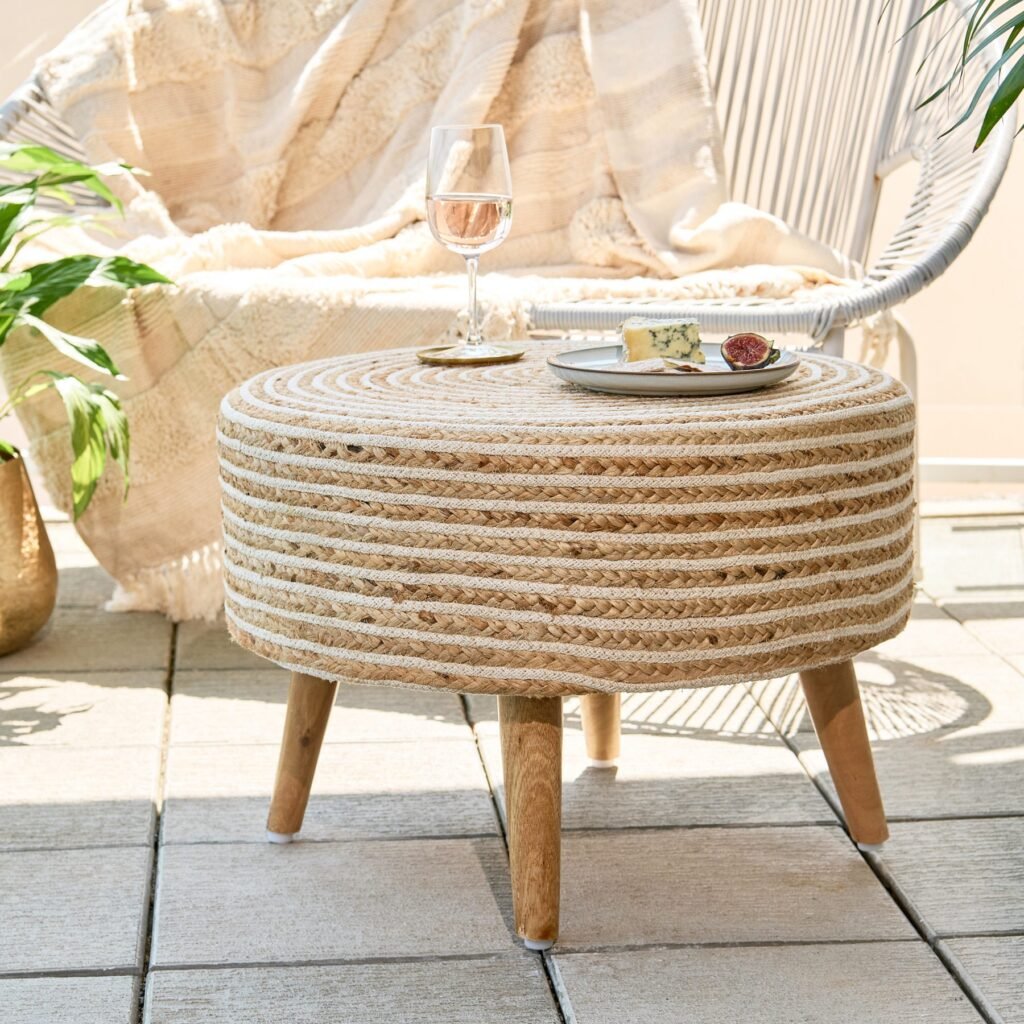

Cleaning a jute ottoman requires a gentle touch, as jute can be sensitive to moisture:
- Vacuum regularly using a brush attachment to remove dust and debris.
- Spot clean spills immediately using a cloth lightly dampened with water. Blot, don’t rub.
- Avoid harsh chemicals or soaking the fabric, as it can cause discoloration or weakening of the fibers.
- For deeper cleaning, use a mild soap solution, but always test it on an inconspicuous area first.
- Let it dry completely, preferably in a well-ventilated area, to prevent mold or mildew.
How Can You Use a Jute Ottoman in Your Home?
- As a Footrest: Place it in front of a chair or sofa to kick up your feet in style. The natural texture adds warmth while serving as a comfy rest.
- As Additional Seating: Jute ottomans offer sturdy, casual seating for guests. Perfect for small spaces or impromptu gatherings.
- As a Coffee Table: Top it with a tray to hold drinks, books, or decor. It brings a cozy, relaxed vibe to your living room.
- In the Entryway: Use it as a bench for putting on shoes or tucking under a console. It’s a stylish and functional addition to your entry space.
- In the Bedroom: Place it at the foot of the bed or in a reading nook. It adds charm and serves as a spot for storage or extra pillows.
- In a Kid’s Room or Play Area: Soft and lightweight, it’s safe for kids and great for play or extra seating. Plus, it’s more attractive than plastic alternatives.
- Layered With Other Furniture: Pair it with rugs or sleek chairs to mix textures. It adds depth and interest to modern or minimalist spaces.
Is a Jute Ottoman Suitable for Outdoor Use?
Generally, jute ottomans are not recommended for outdoor use. Jute does not handle moisture well and can deteriorate quickly if exposed to rain, dew, or high humidity. If you want a similar look for your patio or garden space, consider synthetic alternatives designed to mimic the look of jute but with weather-resistant properties. That said, a jute ottoman could work in a covered outdoor area like a screened-in porch or sunroom, provided it’s kept away from moisture and direct sunlight. Just be mindful that even in these conditions, its lifespan may be shorter than if used indoors.
How to Style Your Spaces with Jute Ottomans?

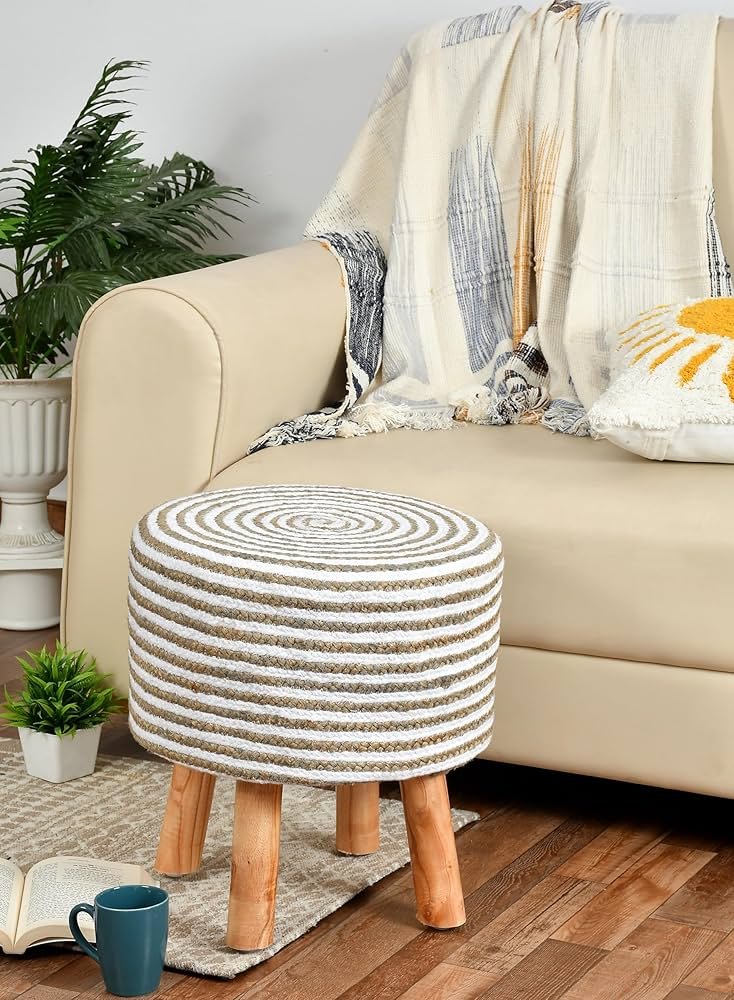
Styling with jute ottomans is all about blending natural texture with your existing decor while adding comfort and function. Here are a few ways to make the most of them, featuring some of our favorite picks:
- Create Contrast in a Modern Living Room: Use our Black and Natural Braided Jute Ottoman to anchor a sleek, minimalist space. Its bold braided pattern and neutral tones create a striking contrast against white walls, metal finishes, or mid-century furniture.
- Brighten Up a Boho Corner: Infuse your space with playful color by adding the Colorful Braided Chindi Jute Pouf Ottoman. Made from recycled fabric and natural jute, this pouf brings a burst of personality to any corner.
- Layer with Rugs for a Textured Look: Place your jute ottoman on top of a soft, woven or flatweave rug to play with layers and texture. This is especially effective in neutral-toned rooms, where the combination of materials creates a warm, lived-in feel.
- Use in Pairs for Balance: Double up on ottomans to frame a coffee table or sofa. Matching jute poufs, like two Black and Natural Braided Jute Ottomans, can create a sense of symmetry and balance in larger living rooms while offering flexible seating.
- Mix Textiles and Materials: Don’t be afraid to mix jute with velvet, linen, or leather. The raw, woven texture of a jute ottoman complements softer or sleeker fabrics, giving your room a curated, layered aesthetic.
Wrap Up
A jute ottoman is more than just a stylish piece, it’s a multifunctional, eco-friendly addition that brings texture, warmth, and personality to any room. Whether you’re using it as a footrest, extra seat, coffee table, or decorative accent, its versatility makes it a smart choice for both function and design. Looking to add one to your space? Explore our curated selection of jute poufs and ottomans to find the perfect piece that complements your home’s vibe.

Jute ottoman
Add natural charm to your space with our handcrafted jute ottomans , stylish, sustainable, and oh-so-comfy!
Navajo wool and jute ottoman bench
$698.90 – $1,198.90

